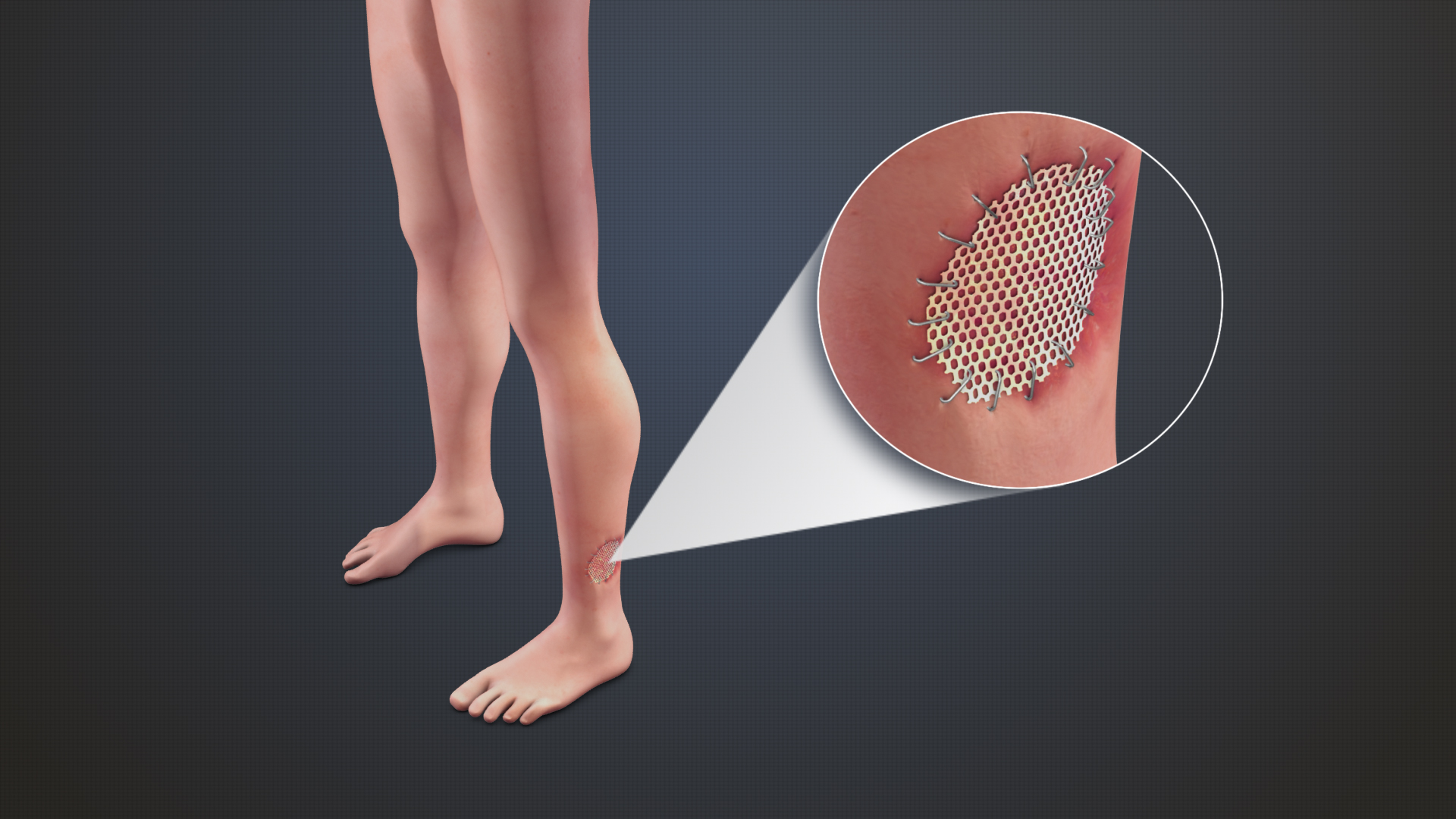| name | Autologous Skin Graft |
| Classification | Surgical Technique/Biologic Material |
| Pharmacokinetics | Not applicable. Autologous skin grafts are not ingested or absorbed; their effects are related to the graft's integration and functionality at the site of implantation. |
| suggested dosage | Not applicable. Dosage is determined by the size and location of the defect, and the thickness of the skin graft required. It is determined by the surgeon. |
| indications | | 1 | Treatment of partial-thickness or full-thickness skin defects | | 2 | Burn wound repair | | 3 | Surgical wound closure | | 4 | Reconstruction of skin loss following trauma |
|
| Safety in pregnancy | Limited data available. Autologous skin grafts are generally considered safe during pregnancy, but the safety of specific procedures in pregnant patients needs discussion with the surgical team. |
| Safety in breastfeeding | Limited data available. Autologous skin grafts are generally considered safe during breastfeeding, but the safety of specific procedures in breastfeeding patients needs discussion with the surgical team. Potential risks should be evaluated on a case-by-case basis. |
| side effects | | 1 | Infection at the graft site | | 2 | Bleeding | | 3 | Pain | | 4 | Swelling | | 5 | Delayed healing | | 6 | Rejection (rare): the body's immune system might not accept the graft as 'self' | | 7 | Hypertrophic scarring | | 8 | Contractures | | 9 | Hypo or hyperpigmentation | | 10 | Graft failure |
|
| alternatives | |
| contraindications | | 1 | Active infection at the surgical site | | 2 | Poor general health or immune function | | 3 | Uncontrolled bleeding disorders | | 4 | Significant comorbidities that may impair wound healing | | 5 | Existing allergy to the donor site |
|
| interactions | No specific drug interactions exist. However, concomitant medications or conditions may influence the healing process. Consult with the surgeon. |
| warnings and precautions | | 1 | Careful patient selection is crucial for optimal results | | 2 | Proper surgical technique is critical for successful graft integration and survival | | 3 | Proper donor site care is necessary | | 4 | Adequate post-operative care to prevent complications | | 5 | Monitoring for complications such as infection, rejection, or poor healing |
|
| additional informations | Factors such as the patient's age, weight (70 kg), and overall health are crucial for determining surgical risks and the appropriateness of autologous skin grafting. |
| patient specific details | | age | 25 | | weight | 70 | | medical history | | 1 | No known allergies | | 2 | No significant past medical history |
| | surgical site | Right forearm | | reason for grafting | Partial-thickness burn injury |
|

